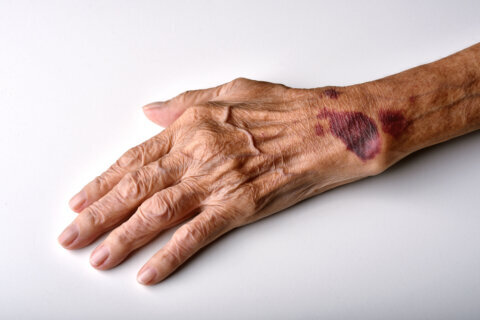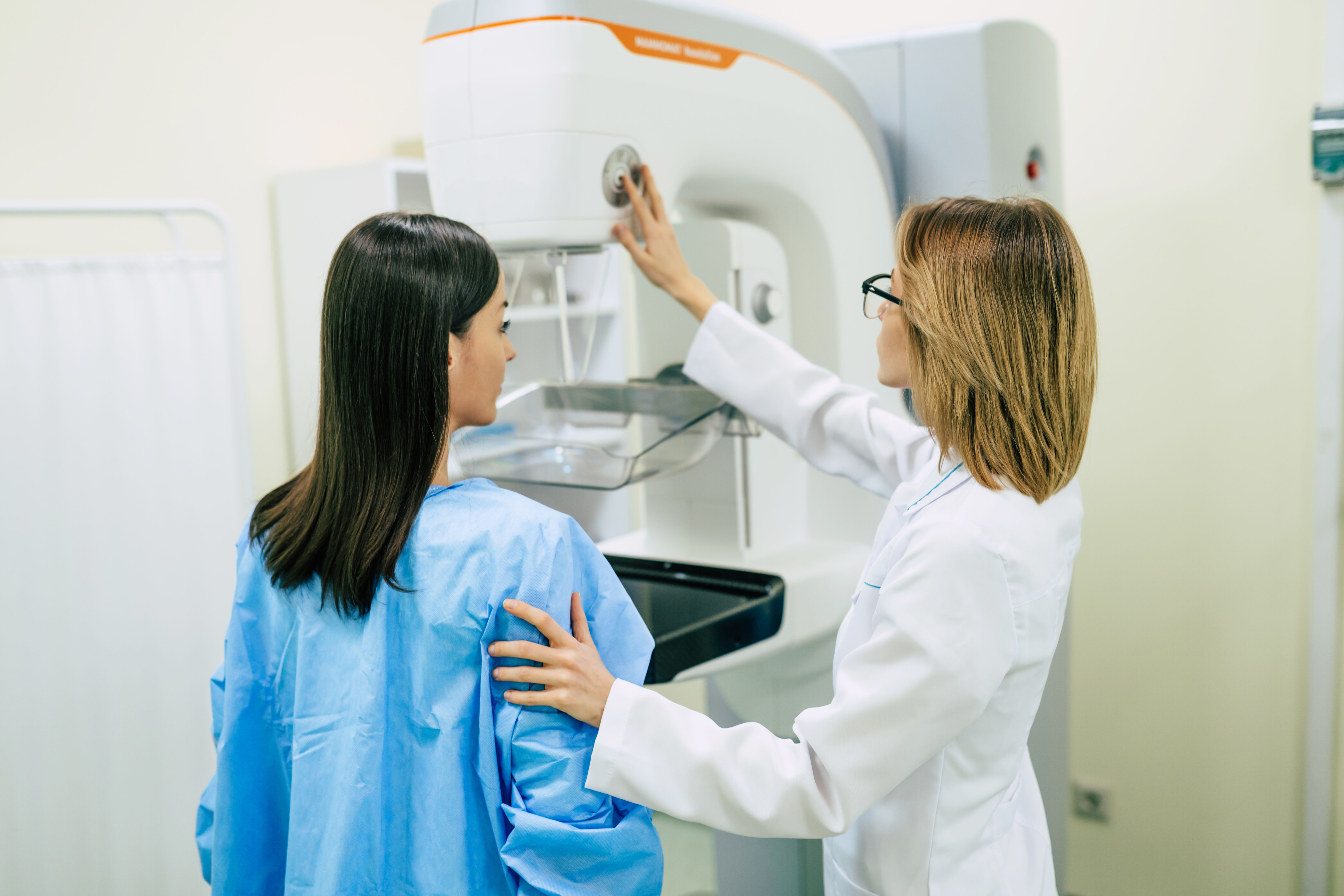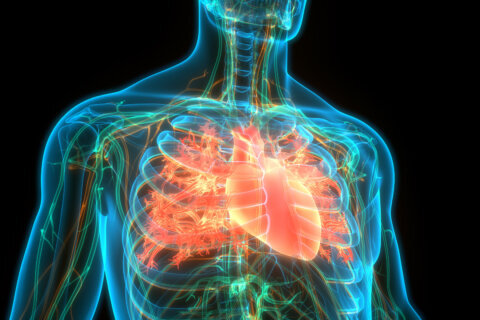This content is sponsored by MedStar Washington Hospital Center.
Burn injuries can be both physically and psychologically challenging – putting burn survivors on a challenging path to recovery that includes hurdles for both the body and mind.
The team at MedStar Washington Hospital Center equips burn patients with treatment plans, rehabilitation and emotional support, said Ron Lassiter, the director of the Burn Rehabilitation Therapy Department at MedStar Washington Hospital Center.
“The goal for burn rehabilitation, the [occupational therapy] and [physical therapy] program, is to ultimately return the patient to their pre-injury level of function. That’s for work, hobbies, family activities, as well as giving them the tools to return to society; reorientation to society,” Lassiter said.
“We want the person to be physically able to manage everything that they were doing prior to their burn, and we want to give them some tools to help them reorient to society once they’re discharged from the hospital.”
Lassiter, himself a burn survivor, understands the obstacles burn patients face. When he was 6 years old, he was playing in his family’s dry-cleaning business when a drunk driver crashed through the front window, running over him. The crash led to substantial burns to his face, hand, and leg; he spent time in the hospital recovering from the burn injuries.
“The growth of burn care has accelerated so much that now I think the patients that have burns get a better outcome and they don’t spend as much time in the hospital because the physicians realize now that early excision and grafting is the way to go with most of these burn injuries,” he said.
When patients are first admitted to the hospital, they are evaluated. The medical team checks their muscle strength, their joint flexibility and their activity level – for example, can they stand up, walk, climb stairs or put on their clothes, Lassiter said.
“Once we determine where the patient’s needs are, then we develop a program that focuses on whatever that patient’s specific need is for the rehab service,” Lassiter said.
It’s important to understand a patient’s goals, too, and incorporate that into their treatment, Lassiter said.
Burn patients face serious physical challenges: muscle loss, weakness, lack of endurance, limited mobility and diminished range of motion.
“We provide positioning programs to start off with to make sure that the patient, when they’re not moving, that they’re passively positioned … to decrease joint contractures or deformity,” he said.
Part of burn recovery involves community reintegration and the social and emotional challenges that may come from that. As patients prepare to leave the hospital, the rehab staff helps them identify their concerns regarding social reintegration. Patients often share their fears about leaving the hospital and going out in public again – and the team listens, Lassiter said.
“It’s very common that somebody would express if they’re really concerned about people staring at them. And, you know, ‘How am I going to go out to the grocery store? I don’t want anybody to see me,’” Lassiter said.
“What I what I share with patients is that many people who have recovered from injury will say that if they really prepare ahead of time and try to think how they’re going to handle the situation … those encounters are much less disruptive.”
Therapists encourage patients to remember the acronym STEP in social situations: self-talk (using positive mantras); tone of voice (having a pleasant tone when talking to others); eye contact (looking people in the eye instead of at the ground); and posture (sitting or standing with shoulders back to give a more confident presentation.)
Lassiter related to this burn survivor anxiety, and the value in having some guidance.
“I know what I went through, going back out into the world, and people looking at me being a little different than what they remembered me being and not having those tools to interact with the people in the community. I think if I had had that, I know I could have … presented a more confident picture, probably could have avoided a lot of the questions that I got asked, and maybe even not have developed some of those long term habits that you can develop, if you’re trying not to own your scar.”
These techniques help empower the patient to manage both the burn and the emotional side of such an injury. Ultimately patients have to feel comfortable in their skin to help care for themselves after they leave the hospital, Lassiter said.
“We want the patient to own their scars,” he said. “Oftentimes we have patients who won’t look at the scar; won’t touch the scar. Touching the scar; looking at the scar is all important with regards to scar management.”
Having a psychologist on the burn center team helps patients receive holistic care, too, Lassiter said.
“We look at the patient from all views, not just the physical aspect, we look at the psychosocial aspect of where we’re trying to get the patient to go,” he said.
MedStar Washington Hospital Center works to treat the burn and treat the mind to give patients the best outcome – and Lassiter’s own experience proves that burn survivors can move forward in positive ways.
“One of the things that’s great about the aftercare program is it teaches the patient to own your scar; to look at yourself,” he said. “Know that you’re not any less than you were prior to your injury and that people should accept you for what you are now and that you don’t have to make excuses for that.”
Read more in a blog post by Lassiter on the MedStar Washington Hospital Center website.







